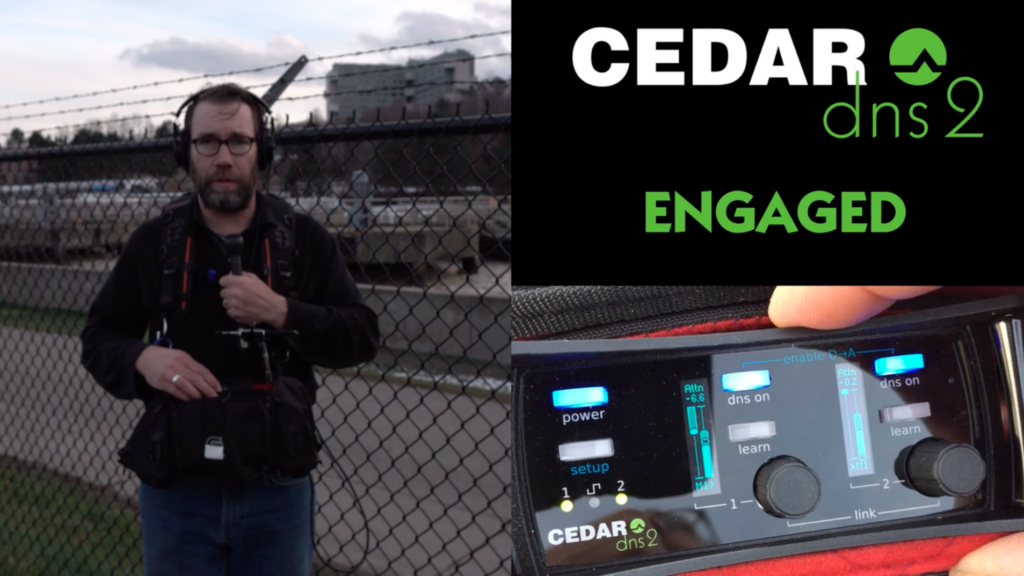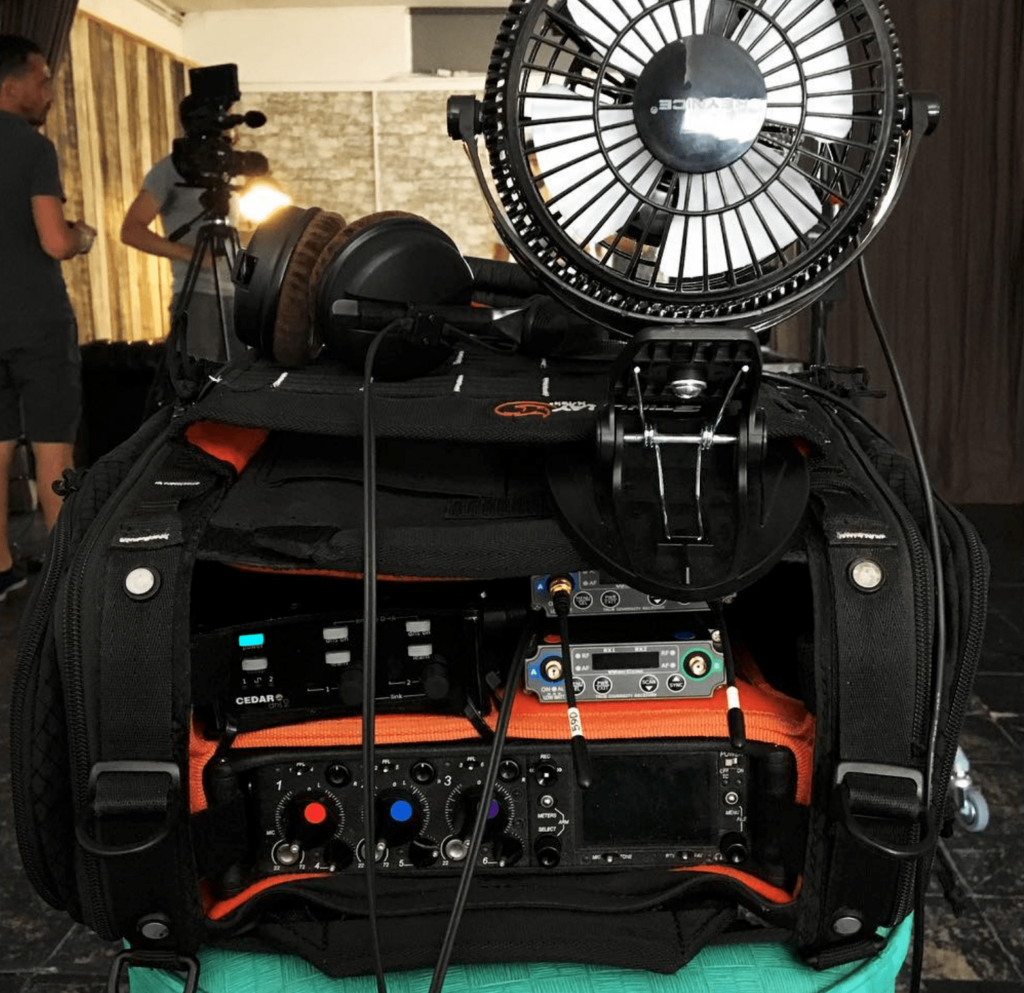AV #TechTuesday is a WPS-curated column showcasing innovative technologies in the audio-video-lighting industry that we think you'll find interesting. These posts are NOT sponsored.
For broadcast and audio engineers, noise pollution is an ever-present obstacle that must be suppressed. In a controlled environment like a recording studio, reverberations from walls are reduced through acoustic treatments. In a public situation with a lot of background noise like crowds or traffic, reducing or eliminating the noise can be difficult without the right tools.

CEDAR Audio, born from a research project at Cambridge University, has been developing novel solutions to audio restoration and noise suppression since 1987. Originally known for creating the first real-time audio restoration system, CEDAR has now become synonymous with spectral editing and dialogue noise suppression. This experience has culminated into the development of the DNS 2, a digital dialogue noise suppressor that uses real-time machine learning algorithms to identify, isolate, and add the specific amount of attenuation to all but eliminate the background noise entirely.

Taking the same approach to active background noise reduction, the DNS 2 is also able to adjust to poor acoustics by reducing excessive reverberations in the environment. CEDAR’s DNS technology eliminates the need for low-pass filters or noise gates that are indiscriminate in their signal processing and are sometimes non-reversible. The noise suppression processing is fully automatic in Learn mode and requires no configuration. The algorithm is smart enough to sample and isolate background noise with virtually no latency (less than 1ms group delay). This is as close as it gets to a plug-and-play DNS solution in the field.
CEDAR’s DNS 2 features two channels of noise suppression for analog lines and mic inputs with an AES3/AES11 digital input and both analog and digital outputs. The mic input can supply 48V phantom power and has a gain range of +18dB to +78dB with a dynamic range of less than 102dB @ 36dB gain. The built-in 24-bit digital audio interface can pass its signal regardless of input used.


When analog inputs are used and selected, they’re synchronized from a fixed internal 48kHz clock and the digital output will use this internal clock. The DNS 2 will automatically synchronize to the external signal when connected to an AES3 or AES11 sync signal. 44.1kHz, 48kHz, and 96kHz are supported for external sync.
Unlike the many plugins available on the marketplace, the DNS 2 was designed to be exceptionally portable and small enough to fit in the pocket of a compact backpack. The DNS 2 measures at just 6.4″in x 4.3″in x 1.7″in or 164mm x 110mm x 44mm and weights in at just over a pound (500 grams).

CEDAR’s DNS 2 required 12VDC and can be connected via a 4-pin XLR connector for remote power.
If you have questions on CEDAR’s DNS 2 or would like to learn more about CEDAR’s noise suppression capabilities, send us a message below:

